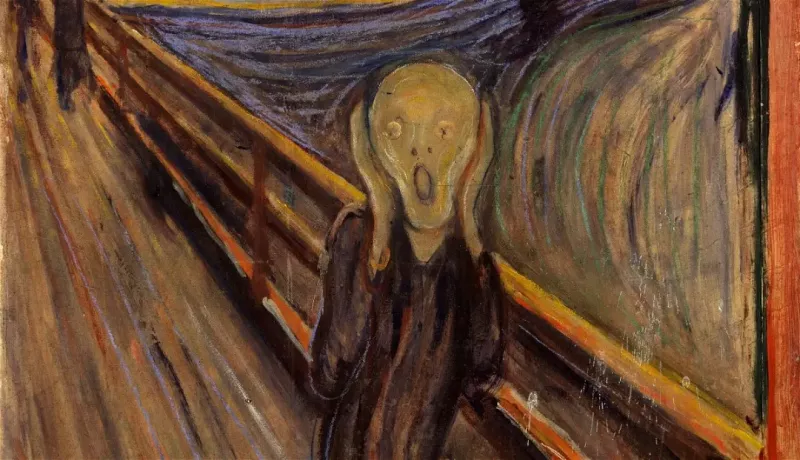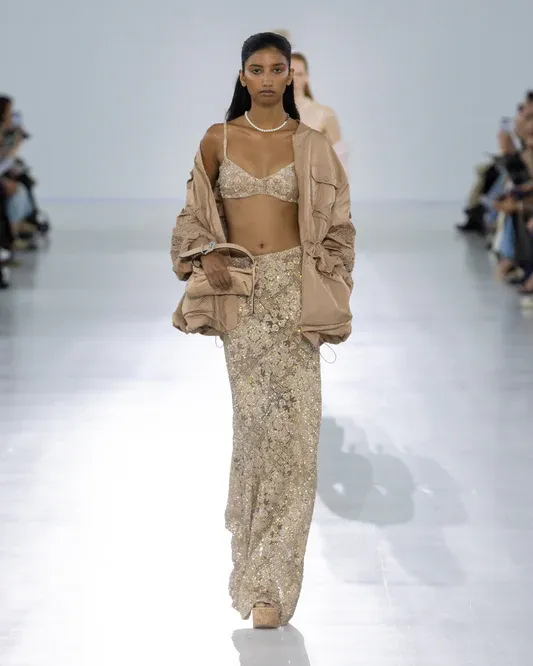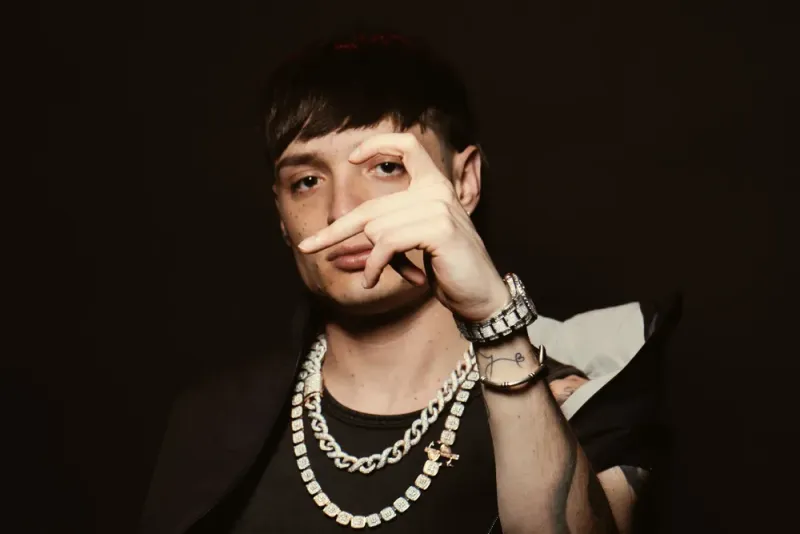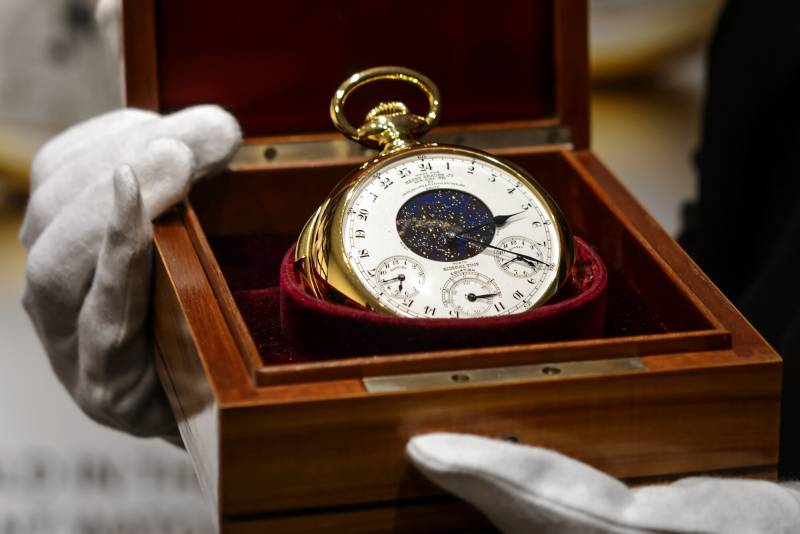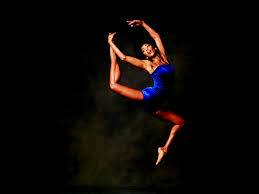Thick paint, colors that bounce off the page, and colors that aren't natural - Fauvism and Expressionism are two of the movements that bring these traits to life. So what is the difference between them, if they can be described in the same way?
Read Also: Seven Facts To Know About Isis The Egyptian Goddess

First, we’ll explain fauvism and expressionism on their own. Then, we’ll talk about what influenced their appearance in the art world. Finally, we’ll explain how the two are related and how to organize these movements in your mind.
Sound good? Let’s get started.
Fauvism

Fauvism took hold of the art scene from 1905 to 1910, give or take, and is characterized by intense color and bold brushwork. In some cases, artists from this period applied paint straight from the bottle. They chose simple subjects and because of this, the paintings looked almost abstract.
Art critic Louis Vauxcelles coined the term after he described the work of Henri Matisse and Andre Derain as “les fauves” or the beasts during a 1905 exhibition at the Salon d’Automne in Paris. The work at the show by Matisse and Derain were full of non-naturalistic color choices and wild drabs of paint on the canvas. It would mark the beginning of fauvism.

Fauvism artists were also deeply interested in scientific color theory from the 19th century. Specifically, with the use of complementary colors, fauvists understood how to make colors seem brighter and bolder by incorporating these theories.
Other than Matisse and Derain, other important fauvist artists include Georges Braque, Raoul Dufy, Georges Rouault, and Maurice de Vlaminck.
Expressionism
Expressionism is an umbrella term for any artwork that distorts reality to match the inner feelings, views, or ideas of the artist. In short, it’s art that expresses inner realities onto the outer world.
This is a rather generalized definition but there are some distinguishing characteristics of expressionism. In particular, the colors used in expressionism will be intense and often non-naturalistic, meaning someone’s skin might be painted blue instead of tan or brown. Paint is also often used in copious amounts in the expressionist style, making for a lot of texture on the canvas.

As for the subject matter, expressionist art tends to be emotional and sometimes even mythical, begging the assumption that expressionism is an extension of romanticism.
Since expressionism is such a broad term, it’s easy to start attributing it to art from any era. So, for the most part, expressionism is generally applied to art from the 20th century. It is said to have started with the work of Vincent van Gogh and extends into modern art as we know it today.

Major contributors to the expressionism movement are artists such as Matisse, Rouault, Oskar Kokoschka, Paul Klee, Max Beckmann, Pablo Picasso, Francis Bacon, Ernst Ludwig Kirchner, Graham Sutherland, Edvard Munch, and others.
